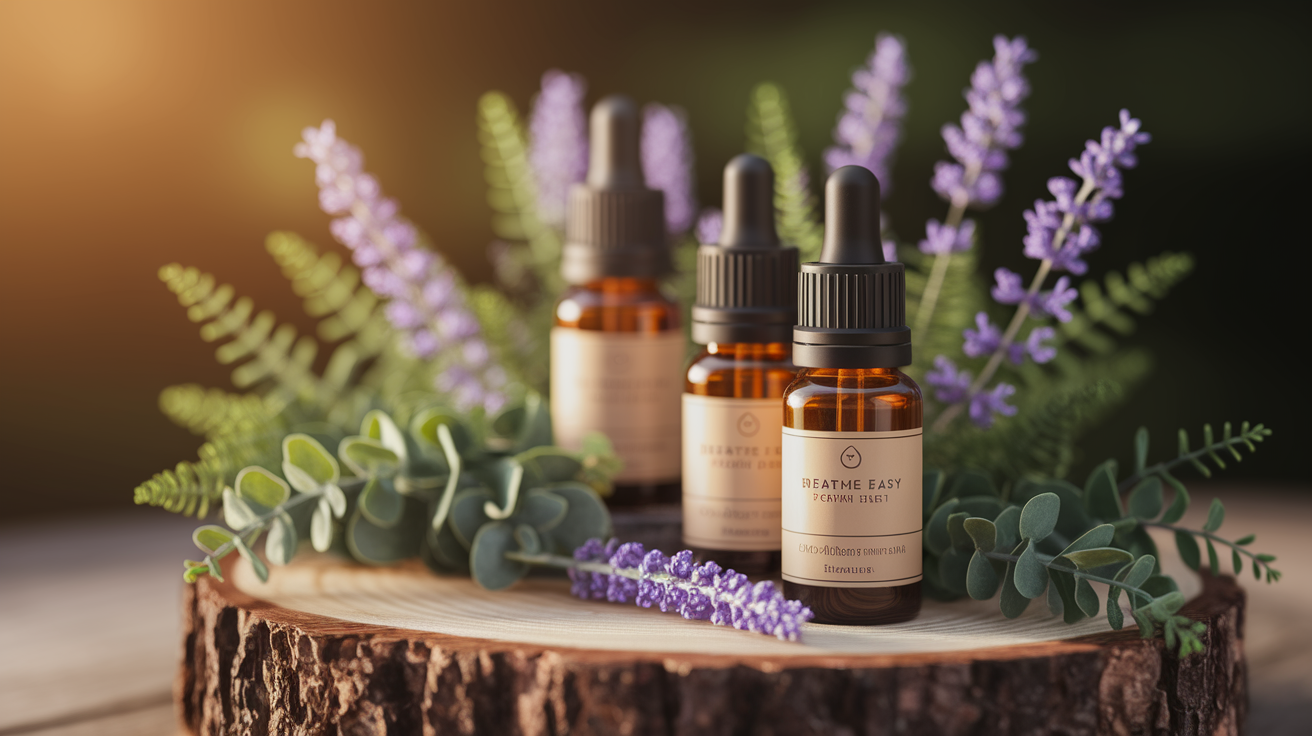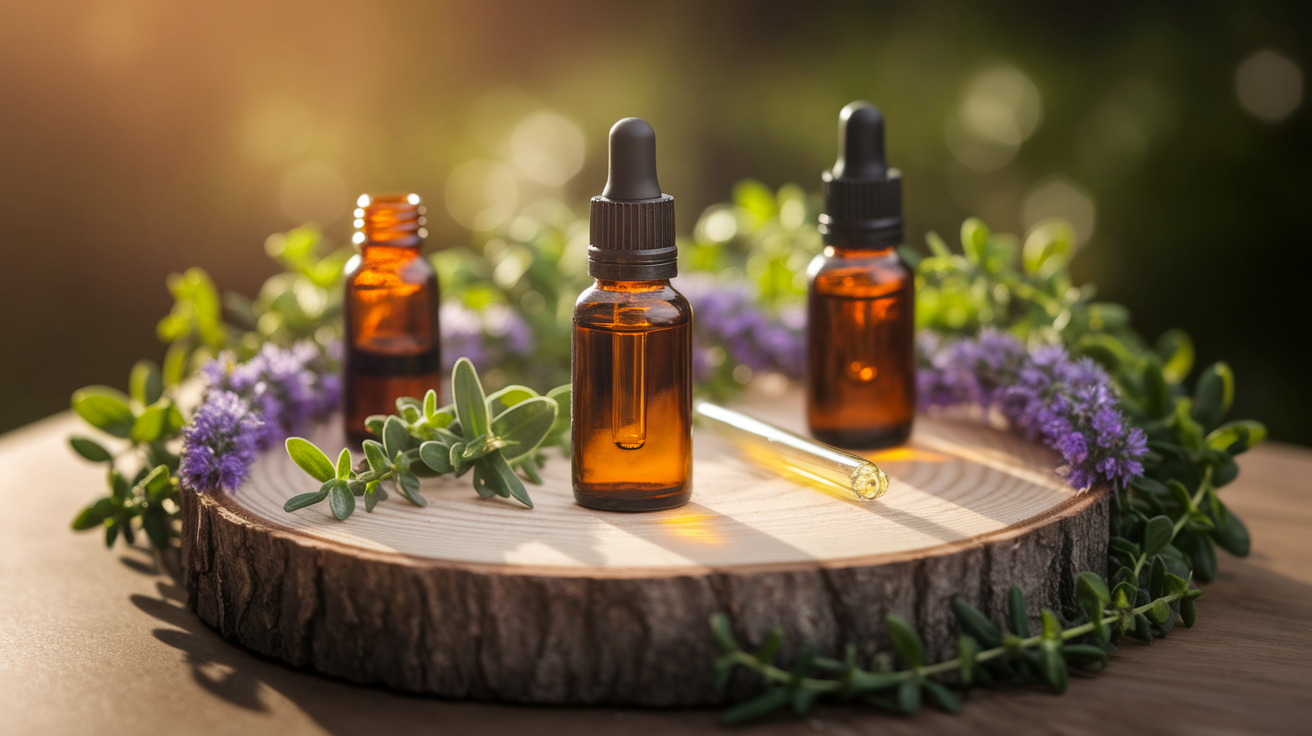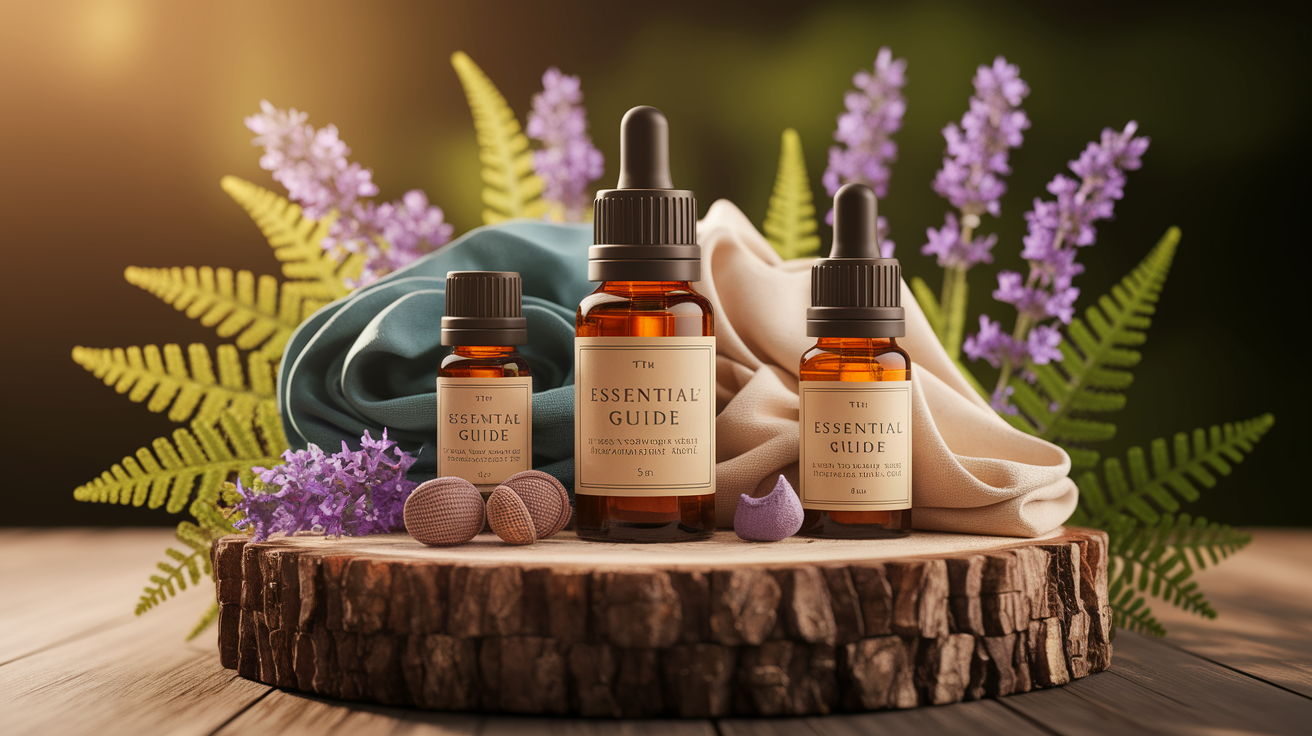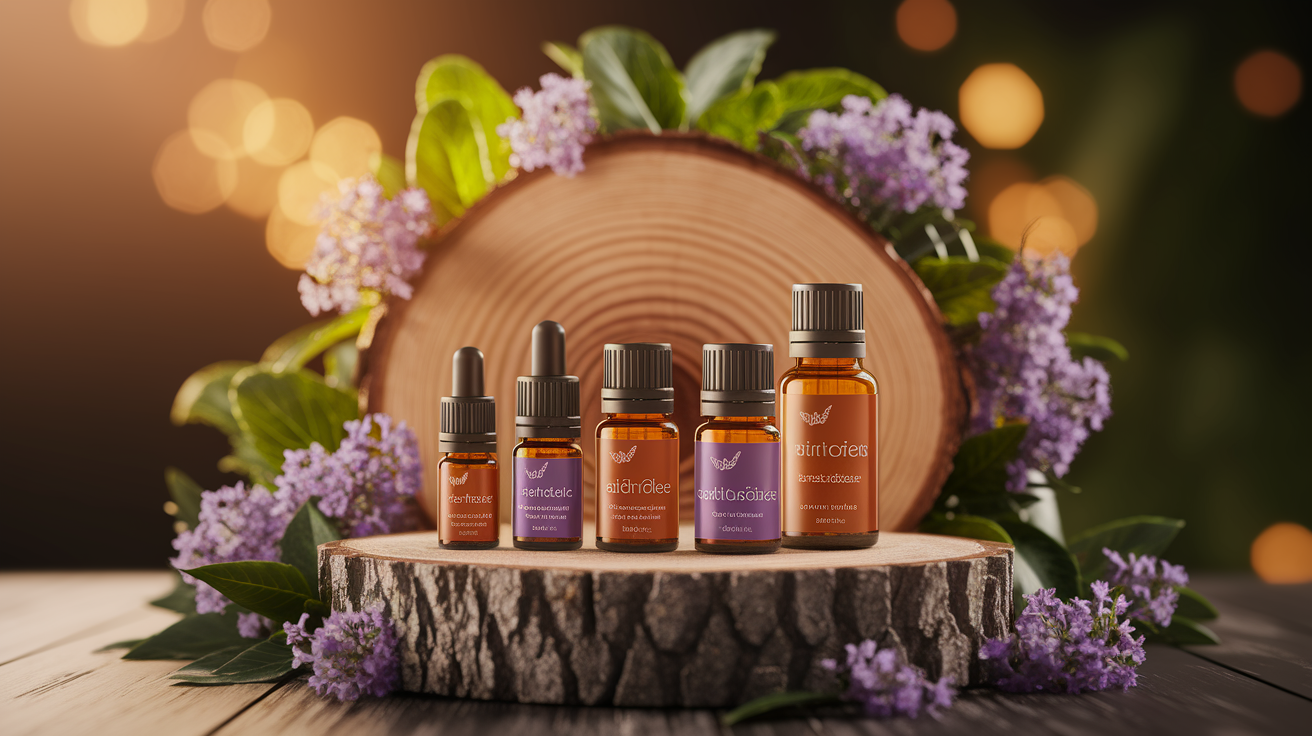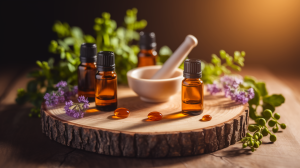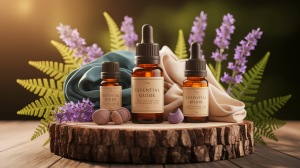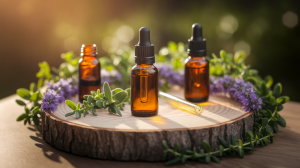Quick Relief and Ongoing Prevention
It’s hard to forget the first time peppermint oil seemed to chase a migraine right out of my head—or at least coax it into retreat. That cooling sensation spread across my temples like a soft breeze, and within minutes, the pounding dulled. Moments like this are what make me lean into the idea that essential oils can be more than just pleasant scents—they can become part of a migraine prevention plan as well as an emergency rescue for flare-ups. Some people find they work best as soon as symptoms start, others as a steady, gentle guard against triggers.
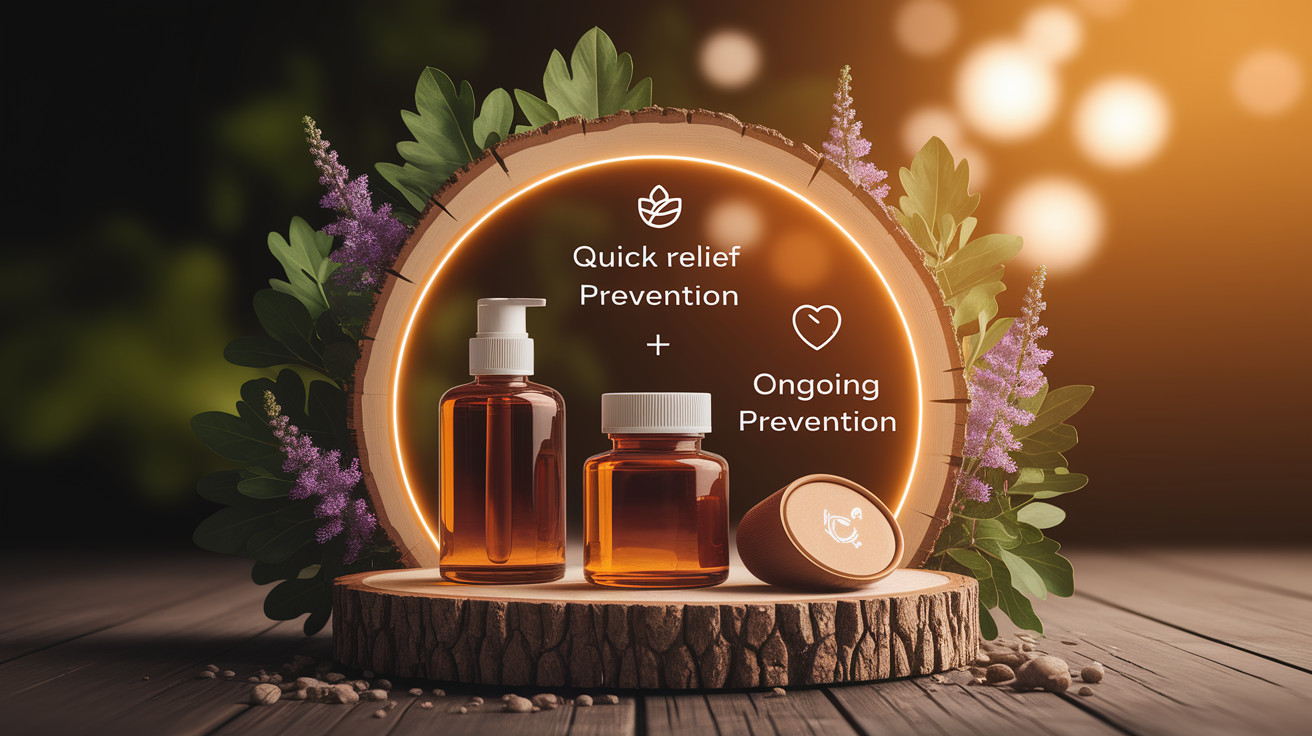
While there’s no single magic oil, the combination of acute relief and ongoing use can make a noticeable difference. Inhaling lavender during a stressful workday can be a simple way to cut off a migraine before it starts. And over time, using certain oils regularly may help lower your overall migraine frequency—something clinical observations have explored in aromatherapy research.
How Essential Oils Target Migraine Mechanisms
Migraines aren’t just headaches; they’re a full-body rebellion—vascular changes, nerve irritation, sensory overload. Essential oils carry aromatic compounds that can calm the nervous system, relax muscle tension, reduce inflammation, and even influence how blood vessels behave. Peppermint oil, for instance, has menthol that creates a cooling sensation and may relax muscle contractions around the scalp. Lavender oil has been linked to easing nervous system excitement, while basil and chamomile appear to have anti-inflammatory benefits.
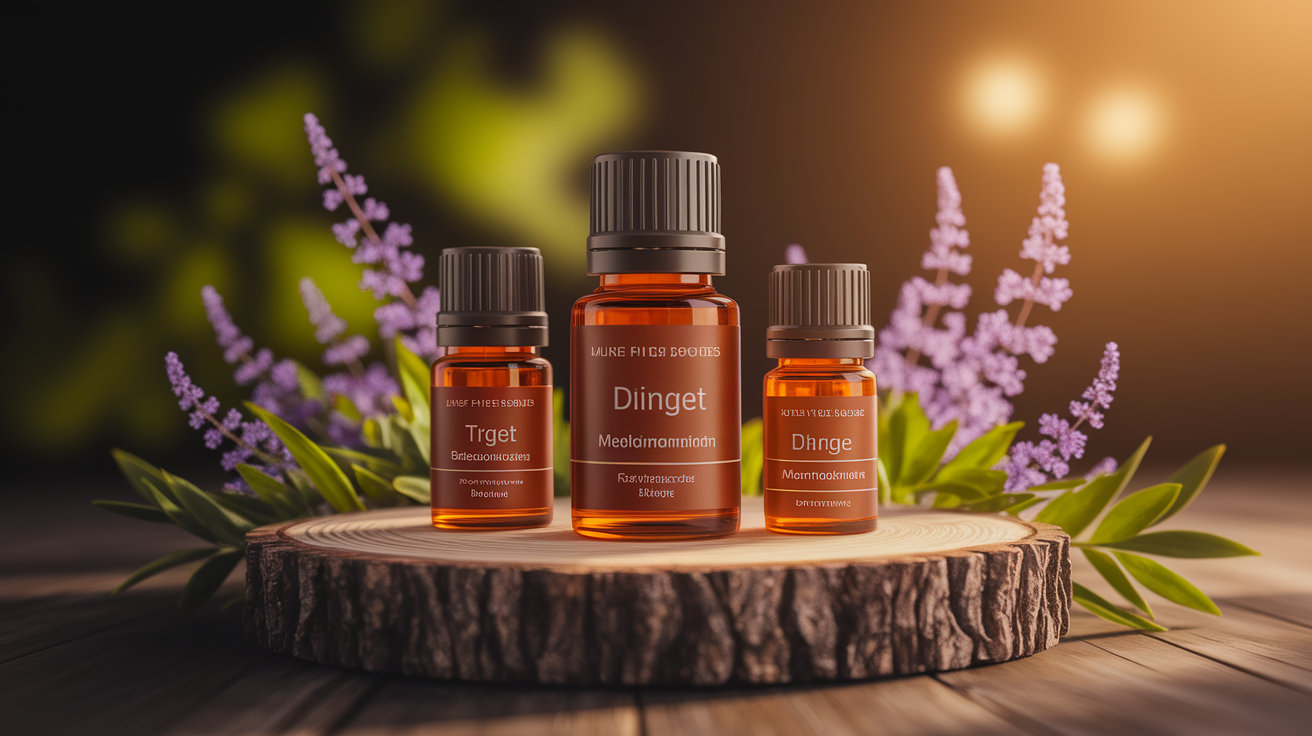
For some, these effects are like flipping switches inside the body—lowering the intensity of pain signals or bringing down stress responses. Other oils, like eucalyptus, can help clear sinus pressure, which sometimes plays a sneaky role in migraine onset. If you’re curious about the science, you can dive deeper into how these oils interact with migraine pathways in this evidence-backed review.
Top Essential Oils for Migraine Support
- Peppermint Oil – Rapid cooling relief, often used for tension headaches and sudden migraine pain.
- Lavender Oil – Calms the nervous system and may reduce sensory sensitivity during attacks.
- Basil Oil – Studied for lowering migraine frequency when applied topically over time, as seen in clinical trials.
- Chamomile Oil – Gentle anti-inflammatory support and soothing properties for stress-related headaches.
- Eucalyptus Oil – Can ease sinus pressure and promote clear breathing, making it a good match for migraines with nasal congestion.
Safe and Effective Application Methods
Think less “slather it everywhere” and more “targeted, mindful use.” For topical application, dilute the oil with a carrier—like jojoba or fractionated coconut oil—before massaging gently into temples, forehead, or neck. This minimizes skin irritation and ensures the therapeutic compounds work without causing discomfort. Inhalation therapy is another favorite: add a few drops to a diffuser and let the aroma fill the room, or inhale directly from cupped hands after placing diluted oil there.
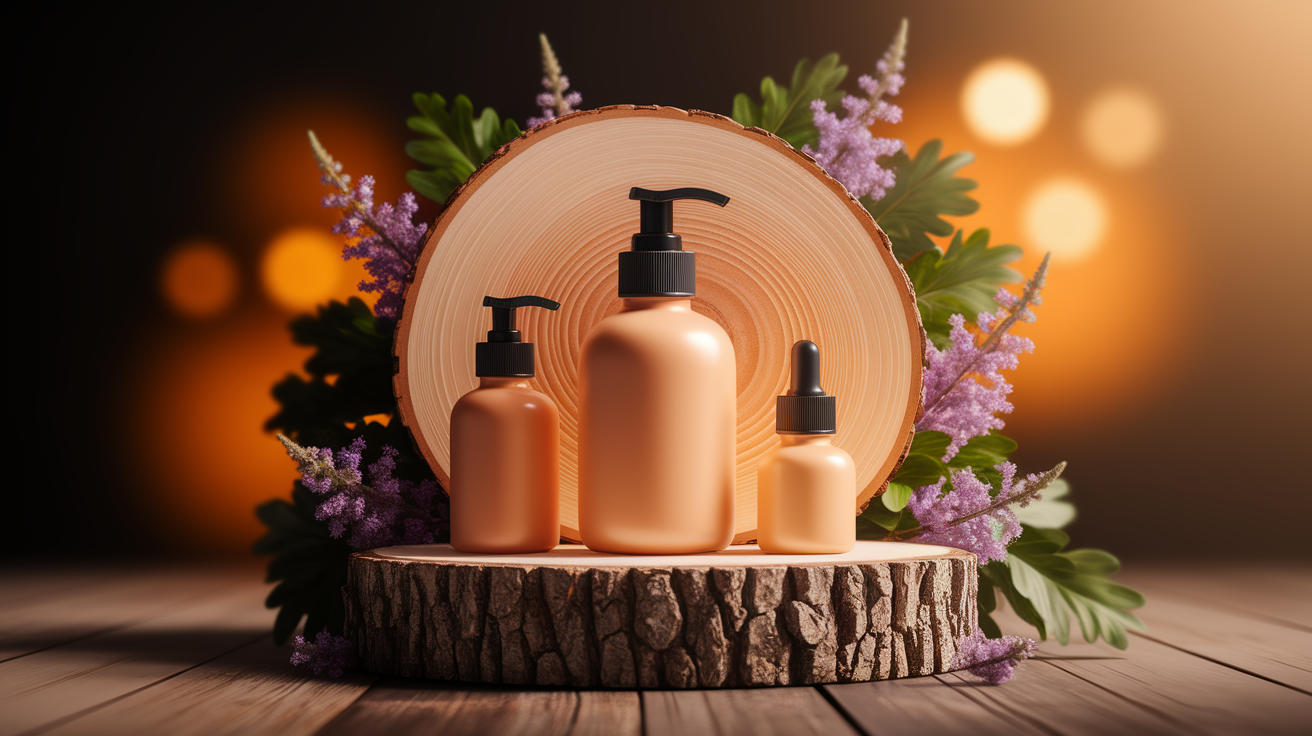
These methods are outlined in resources like practical migraine aromatherapy guides, which stress consistent, personalized approaches. You might find a diffuser blend—lavender and peppermint together—becomes your evening ritual before bed.
Evidence-Based Benefits and Limitations
I’ve heard all the glowing stories and also stared at plenty of dry, skeptical data tables. The truth is: while studies show promising results for oils like peppermint, basil, and lavender, larger and more standardized research is still needed. Reviews like systematic meta-analyses have sometimes found no significant difference between essential oils and placebo in migraine management. That doesn’t mean oils don’t work—it just means science hasn’t nailed down exactly how well or for whom.
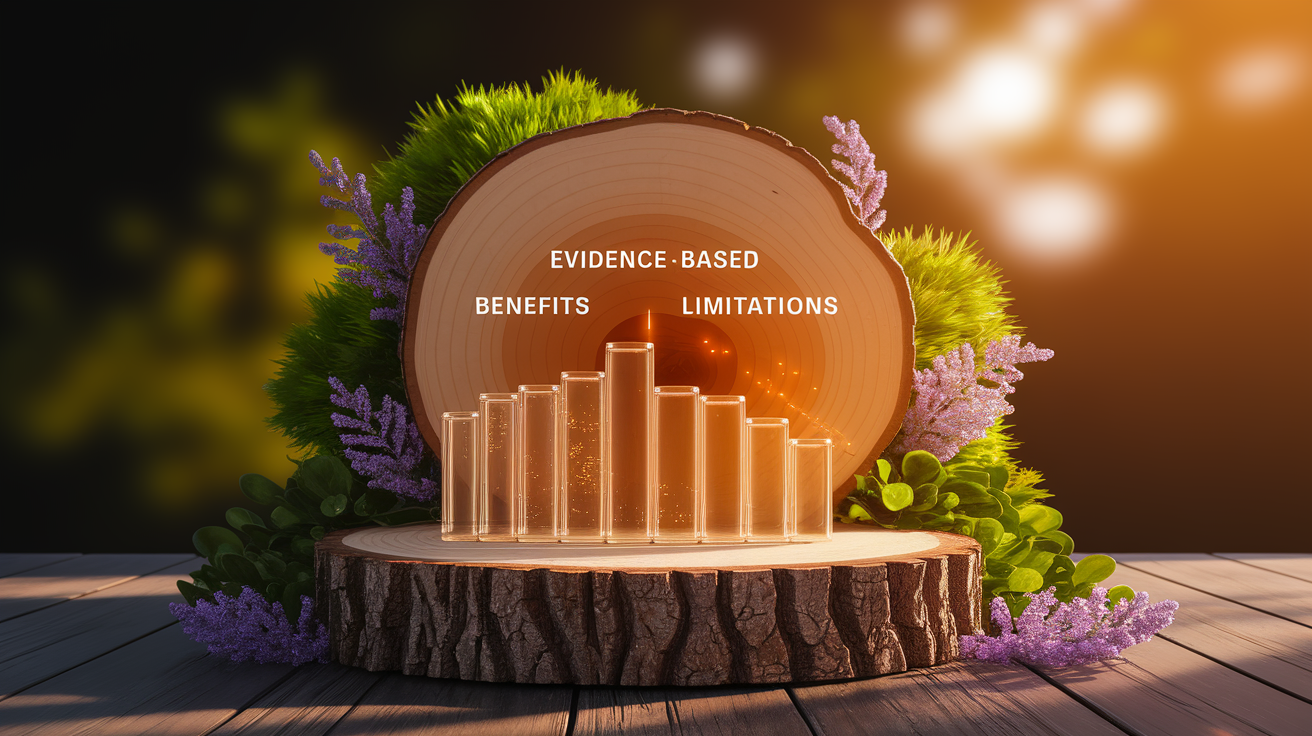
And yes, placebo effects are real. But if an oil eases pain or prevents an attack—whether through measurable chemistry or positive expectation—it’s still helping in that moment. Adverse effects are usually mild, like slight redness or sensitivity. Still, respecting dilution ratios and testing small amounts first is essential.
Integrating Essential Oils into Your Migraine Routine
The most successful use of essential oils often comes from creating a personalized migraine routine. Maybe it’s peppermint rolled onto your temples at the first hint of tightness, lavender in a diffuser during stressful meetings, and basil massaged nightly around the neck to reduce tension. These practices can complement conventional treatments without replacing them.
Pair essential oil use with your known migraine prevention strategies—hydration, regular meals, avoiding triggers. Keep a small kit in your bag so you’re never caught off guard. If you’re unsure about dosage or mixing, follow trustworthy resources like therapeutic aromatherapy protocols.
Exhale and Embrace Natural Relief
Sometimes relief comes like a deep exhale—the kind that makes your shoulders drop and your jaw unclench. Essential oils can offer those moments, weaving tiny pockets of comfort into your migraine story. Whether it’s the brisk bite of peppermint or the mellow hush of lavender, they have a way of turning a tense, pain-filled day into something a little softer, a little more breathable.
In the end, it’s about having gentle, natural allies in your corner—ready when you need them, and maybe even helping you sidestep the next storm entirely.

